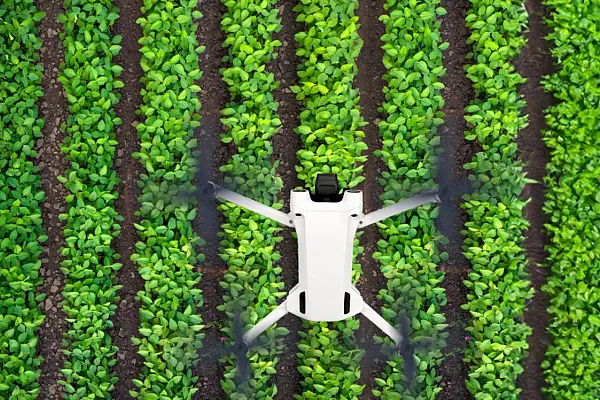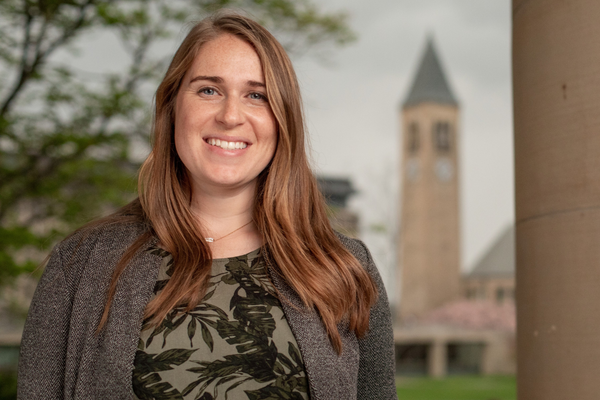
Member Spotlight: Rachelle Davenport, Student and ASA, CSSA, and SSSA Member
What project are you currently working on that excites you the most?
The project I am currently working on that is the most exciting right now is one where I am testing how the molecular diversity of organic matter impacts microbial mineralization rates from soil. These mineralization trials are the culminating experiments of my PhD dissertation and will ultimately prove/disprove the hypotheses that have been guiding my research for the last four years.
What is the best piece of career advice you’ve received?
Two pieces of advice I received when I started graduate school were to (1) learn how to code in R and (2) to read Dr. Joshua Schimel’s book, “Writing Science: How to Write Papers That Get Cited and Proposals that Get Funded” and to take a writing seminar. These two skills have enhanced by ability to analyze and report my data as well as be able to effectively communicate my science to others—both of which are necessary components of being a successful scientist.

Do you have a mentor that has helped you in your professional career? How have they helped you?
I have had many mentors in the lifespan of my graduate studies, all who have given me advice on different aspects of what it means to be a scientist. I had mentors that encouraged me to become involved in an organization within my field, which has been a very important aspect of my career in the last few years. Being an active member in the Soil Science Society of America has helped me build relationships with other professionals across institutions, organizations, and even fields. This kind of networking has made me feel at home within the larger scientific community that I belong to.
As a woman, what is a challenge/obstacle you have faced in your career?
As a woman, I have been very fortunate in my career and have found my field to be full of strong female role models. I have worked with amazing women all along the career-stage continuum; from graduate students and postdocs to early career through late-career professionals, all who have shown me how to successfully navigate the field of soil science.
What does Women’s History Month mean to you? How does it fall into the context of your industry?
Women’s History Month reminds me of the women who were among the first to forge difficult paths to break into careers or institutions where women were not previously accepted. During my time in the Marine Corps, I looked up to Opha May Johnson, who joined the United States Marine Corps in 1918 to become the first female Marine and chartered the first female post during World War I. As a budding soil scientist, I take inspiration from women like Ester Parsons Perry, the first woman to receive a PhD in soil science in 1939 and Mary Baltz, a fellow Cornellian who was the first Soil Conservation Service female soil scientist in 1946. Overall, I have so much gratitude for women that came before me whom have made it so that I have felt welcomed and accepted in my chosen career path.